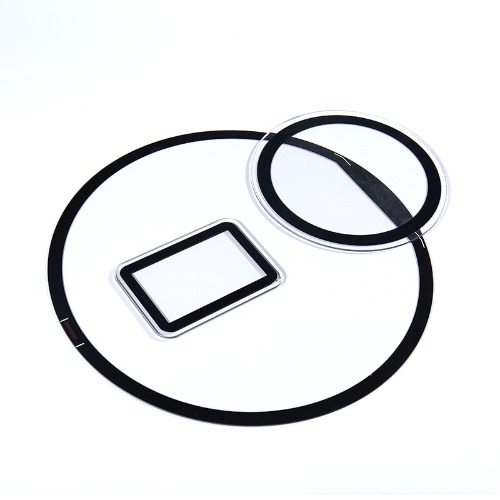Maintaining the performance of an optical flat mirror requires careful management and maintenance of the environmental conditions in which it is located. As a vital component in an optical system, the performance of an optical flat mirror directly affects the function and effect of the entire system. The following will discuss in detail the environmental conditions required to maintain the performance of an optical flat mirror and their importance.
First, temperature stability is essential for an optical flat mirror. Changes in temperature can cause thermal expansion and contraction of the mirror material, which may cause slight changes in the mirror shape, thereby affecting its optical performance. Especially for large mirrors or high-precision mirrors, such as the primary mirror of an astronomical telescope or the output mirror of a laser, temperature changes may cause the need for adjustment or calibration of the entire optical system. Therefore, maintaining a stable temperature environment helps ensure the shape stability of the mirror and the long-term stability of the optical performance.
Second, humidity control is also one of the key factors in maintaining the performance of an optical flat mirror. A high humidity environment may cause water vapor or dew point formation on the mirror surface, which not only affects the clarity of the optical surface, but may also cause contamination or corrosion of the mirror surface. Especially for mirrors with optical coatings, humidity control is particularly important, because humidity changes may affect the accuracy and stability of the coating, thereby reducing optical performance.

Third, the clean environment in which the mirror is located is an important guarantee to ensure its performance. Even tiny dust particles or grease stains may significantly affect the reflection or transmission efficiency of the mirror. Therefore, when operating and storing the mirror, ensure that there is no dust, smoke or other pollutants in the environment to reduce the risk of contamination of its surface and affecting optical performance.
A stable vibration and vibration environment is equally important, especially for optical mirrors that require high precision. External mechanical vibration or vibration may cause slight changes in the shape of the mirror, thereby affecting its optical performance. Therefore, the mirror should be placed on a support structure that can withstand vibration, and measures should be taken to reduce the impact of external vibration on the mirror.
In addition, preventing chemical contamination is also one of the important aspects of maintaining the performance of the optical flat mirror. The mirror surface should be kept away from corrosive chemicals or vapors, as these substances may damage the mirror surface or optical coating, thereby reducing its reflection or transmission efficiency. When operating and storing the mirror, protective measures should be taken to prevent the mirror from contacting these harmful substances.
Good lighting and operating environment are also important factors to ensure the performance of the optical flat mirror. When inspecting, calibrating or maintaining the mirror, there needs to be sufficient lighting and a clear operating environment to reduce the risk of operating errors and accidental damage. Regular inspection and maintenance operations can also help to promptly detect and deal with possible problems with the mirror to maintain its long-term excellent performance.

 English
English 日本語
日本語 русский
русский Español
Español Deutsch
Deutsch 中文简体
中文简体










 苏公网安备32041102000130号
苏公网安备32041102000130号